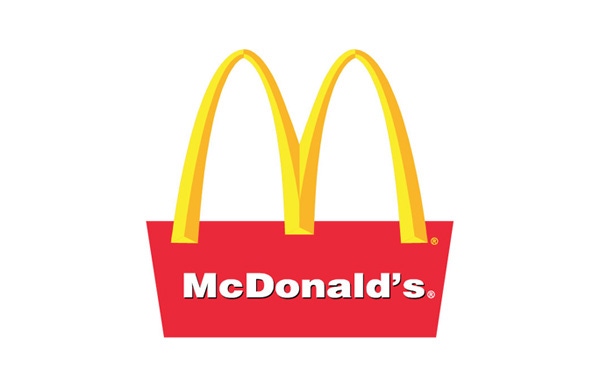McDonald’s says that, within two years, it intends to source only chickens raised without antibiotics that are important to human medicine.
March 7, 2015

McDonald’s USA drove a new stake in the ground regarding the use of antibiotics in the raising of livestock that supply their meat.
Termed a new menu-sourcing initiative, McDonald’s says that, within two years, it intends to source only chickens raised without antibiotics that are important to human medicine. According to a McDonald’s statement, all of the chicken served at its approximately 14,000 U.S. restaurants comes from U.S. farms, which are working closely with the company to implement the new antibiotics policy.
“McDonald's believes that any animals that become ill deserve appropriate veterinary care and our suppliers will continue to treat poultry with prescribed antibiotics, and then they will no longer be included in our food supply,” explains Marion Gross, senior vice president of McDonald's North America Supply Chain. The company notes that there are no restrictions on the responsible use of ionophores.
McDonald’s also released its Global Vision for Antimicrobial Stewardship in Food Animals this week. The say it builds on the company's 2003 global antibiotics policy and includes supplier guidance on the thoughtful use of antibiotics in all food animals. Consequently, the initiative aimed at chicken is getting plenty of attention from beef and pork producers, too.
“Our customers want food that they feel great about eating—all the way from the farm to the restaurant—and these moves take a step toward better delivering on those expectations,” says McDonald's U.S President Mike Andres.
Another menu-sourcing initiative announced by McDonald’s this week is that, later this year, its restaurants will offer customers low-fat white milk and fat-free chocolate milk from cows that are not treated with rbST, an artificial growth hormone.
“While no significant difference has been shown between milk derived from rbST-treated and non-rbST-treated cows, we understand this is something that is important to our customers,” Gross says.
You might also like:
It's possible to pasture cattle without using fences
7 U.S. cattle operations honored for stewardship efforts
World's largest vertically integrated cattle operation
8 tips for being a better ranch manager in 2015
About the Author(s)
You May Also Like





